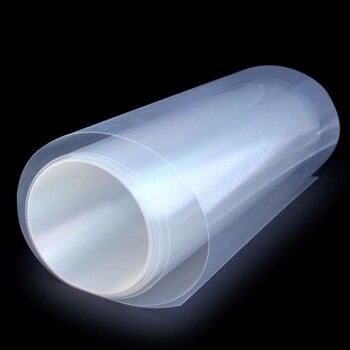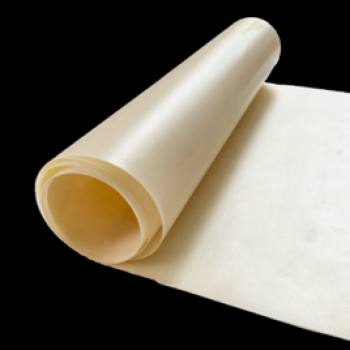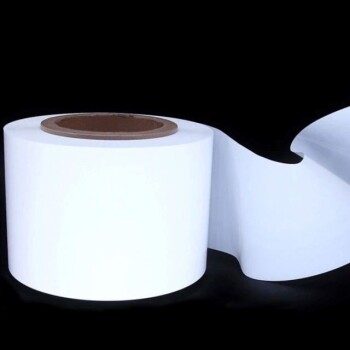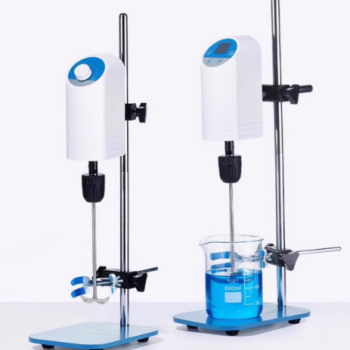To properly install a proton exchange membrane, you must handle it with extreme care, ensuring its surface is clean and free of any defects. The core of the process involves placing the membrane perfectly flat between the electrodes, avoiding any wrinkles or stretching, and ensuring a tight, uniform fit to minimize electrical resistance and prevent physical damage.
The success of an electrochemical device hinges on more than just the quality of its components; it depends on their meticulous assembly. Proper membrane installation is not merely a mechanical step—it is the foundational process that dictates the device's ultimate performance, efficiency, and operational lifespan.

Pre-Installation: Preparing the Membrane for Success
Before the membrane is ever placed in the device, a series of preparatory steps are essential to ensure it is in optimal condition. Skipping this stage is a common source of failure.
Initial Inspection
Upon removal from its packaging, carefully inspect the membrane's entire surface. Look for any pre-existing defects such as scratches, tears, or significant wrinkles.
If any physical damage is found, the membrane should be replaced. A compromised membrane will not perform correctly and is highly likely to fail prematurely.
Removing Protective Films
Most new membranes are shipped with protective plastic films on both sides. These must be removed before use.
A common method is to soak the membrane in pure, deionized water for approximately ten minutes. This helps the films release from the membrane surface, allowing them to be gently rubbed or peeled off.
Essential Pre-treatment
A raw membrane is not ready for peak performance. It often requires a pre-treatment process to remove any manufacturing impurities and to fully hydrate its polymer structure.
This typically involves soaking it in a specific solution, such as dilute sulfuric acid. This step cleans the membrane and optimizes its ability to conduct protons, which is its primary function.
The Installation Process: A Step-by-Step Guide
The physical placement of the membrane is a high-precision task where attention to detail is critical.
Handle with Care
Throughout the process, handle the membrane gently to prevent introducing any new scratches or tears. It is a delicate component.
Ensure a Clean Surface
Before placement, confirm the membrane surface is completely free of any dust, fibers, or other impurities. Contaminants can block proton pathways and degrade performance.
Proper Placement
The membrane must be placed perfectly flat in its designated position within the cell hardware.
It is crucial to avoid any wrinkles, stretching, or compression. These conditions create internal stress points that can lead to performance degradation or even a complete rupture of the membrane during operation.
Achieving a Tight Seal
The goal is to create a tight, seamless interface between the membrane and the adjacent electrodes. This minimizes the contact resistance, ensuring efficient transfer of protons and electrons.
Poor contact increases internal resistance, which generates waste heat and significantly lowers the device's overall efficiency.
Common Pitfalls to Avoid
Understanding what can go wrong is as important as knowing the correct procedure. The physical state of the membrane during assembly has a direct and lasting impact.
The Danger of Physical Stress
Wrinkles or stretching are not minor cosmetic issues. They are points of concentrated mechanical stress that weaken the polymer structure, making the membrane vulnerable to cracks and pinhole formation under operational pressure and temperature.
The Consequence of Poor Contact
A loose fit or non-uniform pressure between the membrane and electrodes creates gaps. These gaps act as insulators, impeding the electrochemical reaction and causing localized hot spots that can accelerate the degradation of the membrane.
Post-Installation: Maintaining Optimal Conditions
A successful installation can be undone by improper operation. The membrane's environment must be strictly controlled.
Controlling Temperature and Humidity
The typical operating temperature for most proton exchange membranes is between 60-80°C, with a relative humidity of 30%-80%.
Deviating from these ranges can severely affect the membrane's hydration level, which directly impacts its proton conductivity and physical durability.
Managing Operational Stress
Avoid operating the device at excessively high current densities or pressures for prolonged periods. These conditions accelerate the chemical and mechanical aging of the membrane.
Gradual Startup and Shutdown
During device startup and shutdown, always implement gradual changes in pressure and current. Abrupt changes can create a physical shock to the membrane assembly, potentially causing delamination or rupture.
Making the Right Choice for Your Goal
Your installation and operational strategy should align with your primary objective for the electrochemical device.
- If your primary focus is maximum performance: Prioritize a thorough pre-treatment protocol and achieving the lowest possible contact resistance between the membrane and electrodes.
- If your primary focus is long-term durability: Concentrate on flawless, stress-free physical placement of the membrane and strict adherence to stable operating conditions.
Ultimately, a meticulously installed and properly maintained membrane is the foundation of a reliable and efficient electrochemical device.
Summary Table:
| Installation Phase | Key Action | Critical Detail |
|---|---|---|
| Pre-Installation | Inspect & Pre-treat | Check for defects; soak in deionized water/acid solution. |
| During Installation | Handle & Place | Handle with care; place flat, avoiding wrinkles or stretching. |
| Post-Installation | Operate & Maintain | Control temperature (60-80°C) and humidity; avoid operational stress. |
Achieve Flawless Electrochemical Device Performance with KINTEK
Proper installation is just the beginning. Ensuring your lab has the right equipment and consumables is crucial for consistent, reliable results. KINTEK specializes in high-quality lab equipment and consumables, serving the precise needs of electrochemical research and development.
Let us help you optimize your processes and extend the lifespan of your critical components. Contact our experts today to discuss your specific laboratory requirements and discover how KINTEK can support your success.
Visual Guide
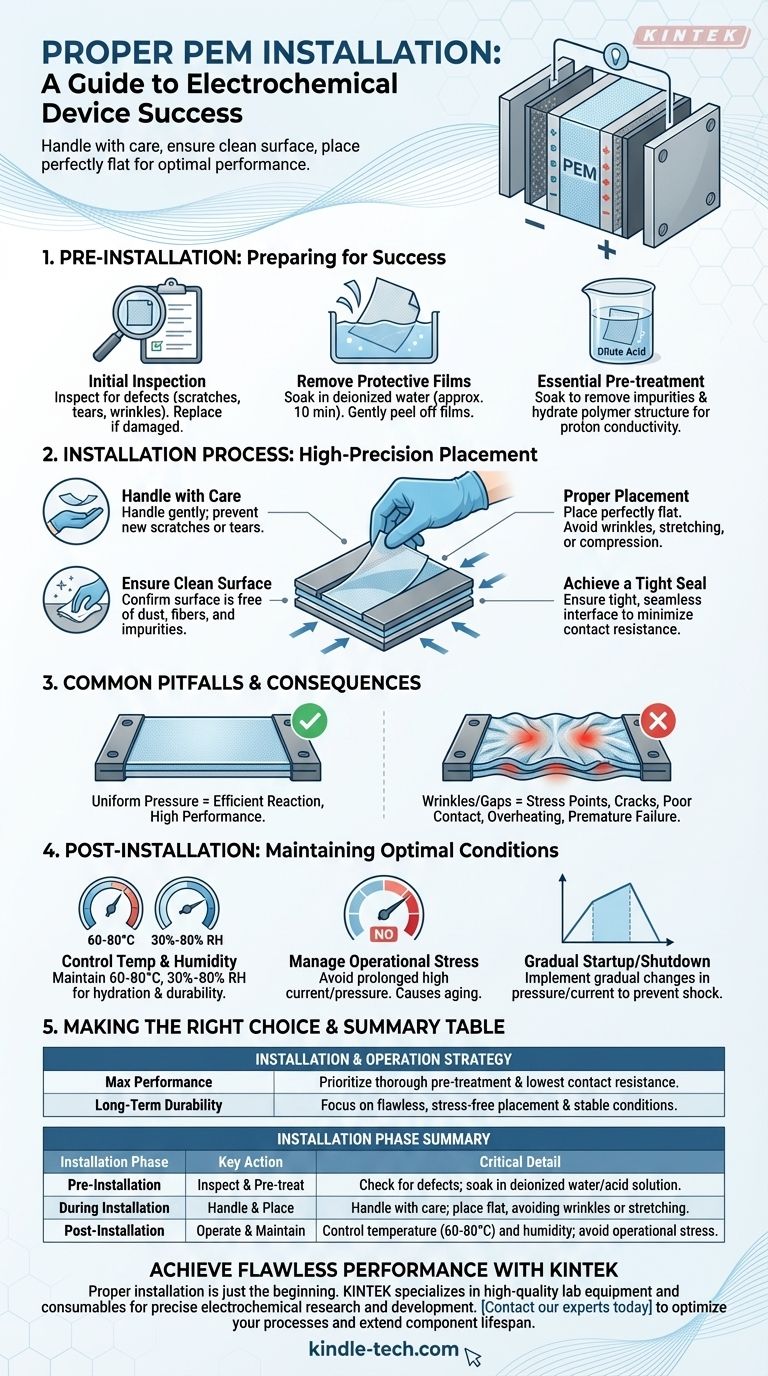
Related Products
- Proton Exchange Membrane for Batteries Lab Applications
- Anion Exchange Membrane for Laboratory Use
- Polyethylene Separator for Lithium Battery
- Vacuum Sealed Continuous Working Rotary Tube Furnace Rotating Tube Furnace
- Vacuum Heat Treat Furnace with Ceramic Fiber Liner
People Also Ask
- What should be done if a proton exchange membrane is found to be contaminated or damaged? Restore Performance or Replace for Safety
- What is a common application for proton exchange membranes in laboratory setups? Ensuring Precise Electrochemical Analysis
- What initial steps are required before using a new proton exchange membrane? Ensure Peak Performance and Longevity
- What are the procedures for handling a proton exchange membrane after use? Ensure Longevity and Performance
- How can the performance and condition of a proton exchange membrane be monitored? A Guide to PEM Health & Longevity
